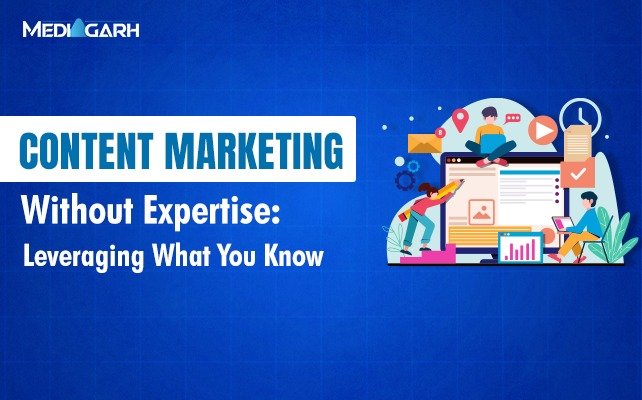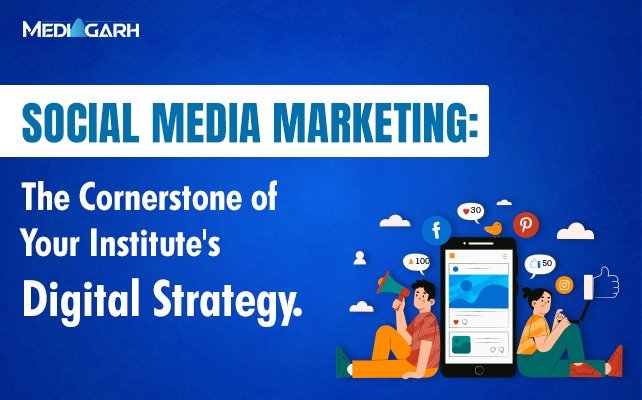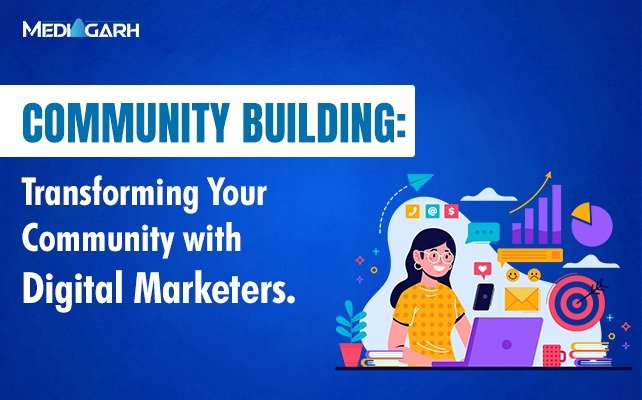Introduction
Do you know Ramesh got scammed? To give you the context, Ramesh owns an educational institution and recently entered digital marketing for its institute. To rapidly get traction for his institution, he followed some practices that might not be the best for digital marketing for universities. He got no traction in the first place and also demolished the long-term performance of his digital efforts. Ramesh isn’t the only one who falls into such pitfalls. Numerous others fall into this. This blog will discuss the practices one should avoid so that you come out clean in digital marketing.
- Paid Ads Are Not Everything
While paid ads are a good way to bring leads into your institution, running them irrationally without a long-term strategy is not preferable. Ads are the bread and butter of the digital marketing efforts. However, only using them without a long-term plan and a goal to achieve rids your efforts of the results they can achieve. Work on paid ads, but don’t forget to optimise the content and other elements to guarantee long-term engagement even without the ads.
- No, Those Email Lists Don’t Work
Many institutes buy email lists from a provider and don’t follow the methods of acquiring them from a newsletter or some other detailed exchange. Institutes only consider the email addresses they get in bulk, but their relevance is missing. Most people you email from the list are not interested in you, lest in the offer you’re selling. In contrast, an email exchange for something valuable clarifies that the person providing the information is interested in something you offer, leading to high conversion rates.
- Don’t Offer Everything For Free
Sure, freebies are a great way to bring traction to your institute. But most institutes make a huge mistake in offering everything in the freebies. Freebies are to arouse a baseline of curiosity, motivating them to purchase the larger ticket-size product; providing everything as a freebie berates your brand. A simple framework an institute can use is Erica Schneider’s “what-why-how” framework. It highlights the technique of offering only the what and why in your freebies and maybe a tiny bit of how. And offer almost all of the hows in your paid product. For example, when selling a course for copywriting, you could offer a freebie telling what copywriting is, why it is important, and a framework for writing great copies. However, the primary way of copywriting should be offered through the paid channel only.
- Don’t Make Promises You Can’t Keep
Do not oversell yourself. Only tell your audience what you will offer in the end product. Don’t oversell your offering. Explicitly tell only about what you are offering. People don’t like it when they are sold lies. Be blatant when selling your products. This will help you be safe from the depressed brand image you might create when you unethically sell your products online. This also includes clickbaity content institutes put out on social media, which promise irrelevant results.
- Your Competitor’s Strategy is NOT Your Strategy
Competitive research is essential for your marketing strategy—there is no denying that. However, copying them as they are without any modifications to reflect your brand is a strategy meant to fail. The audience will recognise the content is plainly copied, which destroys your brand reputation. Take references from your competitors’ plans, but add your brand’s personality to it.
- Quality >>>>>> Quantity, ALWAYS!
You might think that putting out more content cracks the content algorithm. But that is not true. Putting out content in volume does not mean you are meant to be successful when all the content is low-quality. Sure, consistent uploads are necessary to crack the game, but maintain consistency with quality, and you’ll be on the road to success.
- Be Long-Term Wealthy, Not Short-Term Rich
Institutes think they can make a lot of growth using short-term techniques can make the required growth. While yes, this can bring phenomenal results in a short time frame. But it will damage your brand in the long term. This is why using short-term “tips & tricks” is not preferable when looking for genuine growth that benefits you.
Conclusion
The blog highlights the three elements of your digital marketing strategy: longevity, authenticity, and quality. However, the task is not only knowing about these three elements; it is about enacting them. Including them in your efforts can be a lot harder than it sounds. You might consider hiring an education marketing company to outsource these tasks to them, and you can continue making a greater impact.








